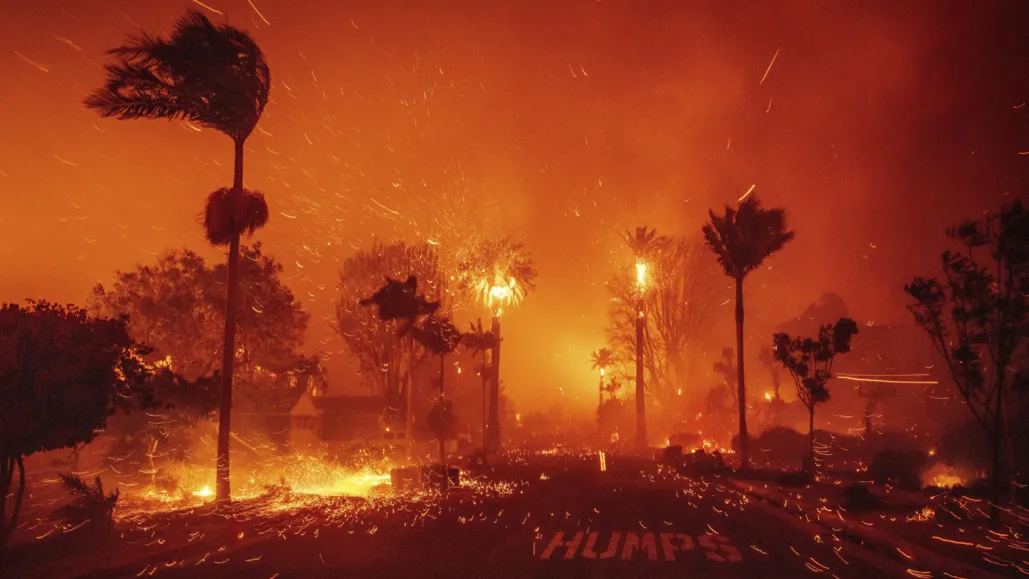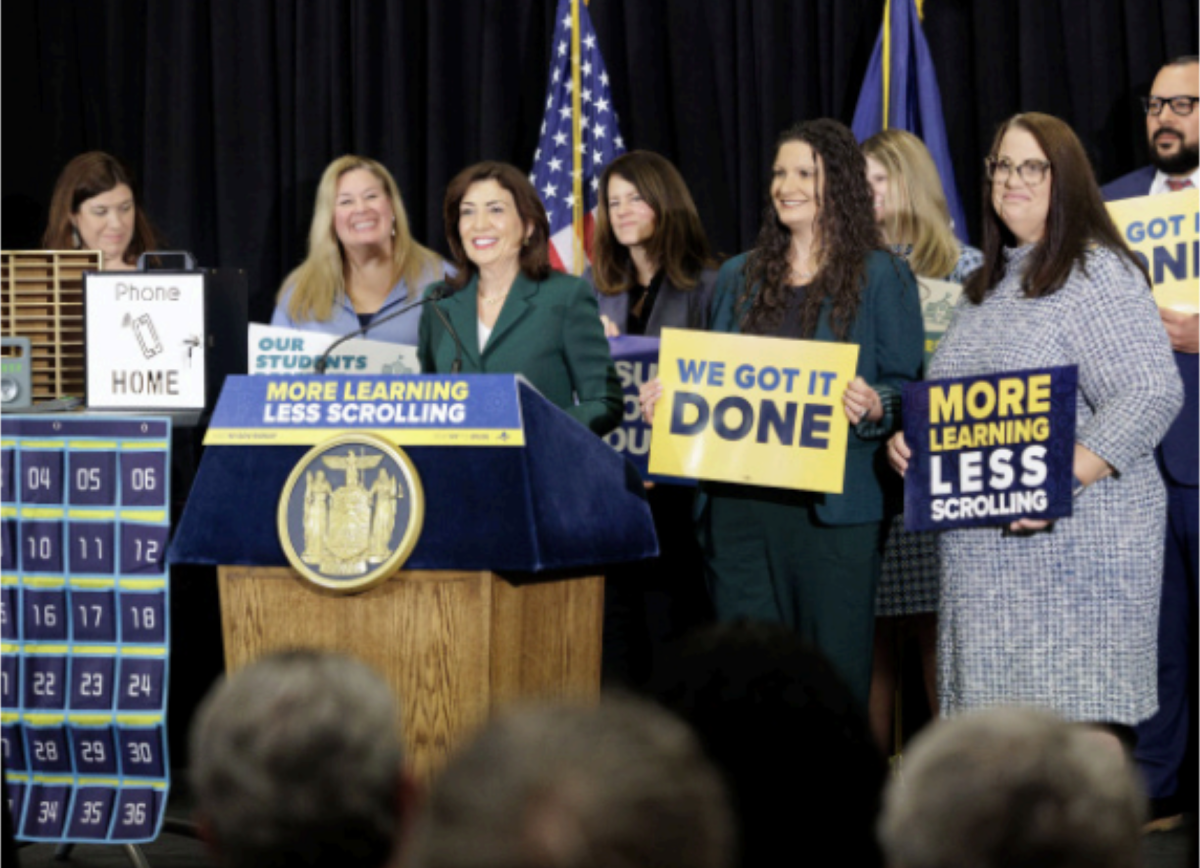On January 7th, 2025, the Palisades and Eaton wildfires erupted, causing significant structural damage, displacing many people from their homes, and costing many lives. How did California turn into an apocalyptic nightmare?
The MHS Globe Staff asked AP Environmental Science teacher Sophia Andrews about some of the factors that led to this disaster. She mentioned that wildfires are becoming “more frequent and more intense due to anthropogenic climate change, causing drier winters and warmer spring seasons.” Wildfires can start by natural causes, but they are more often caused by humans. Ms. Andrews says that the “infrastructure that humans set up and use, such as power lines, can ignite and start fires, too.”
However, the risk of wildfires can be lessened through methods such as “prescribed burning” (in which small amounts of vegetation are burned under very controlled conditions) and other fuel treatments, such as logging and clearing brush. It is estimated by the Wall Street Journal that 20% of California could benefit from these precautions against overgrowth.
Wildfires have increased as climate change heightens. This past winter, California experienced frequent rainfall, which led to an abnormal amount of vegetation. When the rainfall decreased, hot, dry winds dried out vegetation, putting these areas at high risk to wildfires.
There are possible short-term impacts of the wildfires, including habitat and home destruction and worsening air quality, but these both pale in comparison to their possible long-term impacts.
Ms. Andrews states that recent fires “may lead to biodiversity loss and a less resilient ecosystem,” and the substances used to fight and contain them “may be toxic to native wildlife and to humans.” This past decade has been the warmest in history, and Ms. Andrews noted how on par it is that “many of California’s most destructive wildfires have occurred in the past 10 years.” Unfortunately, as wildfires become more common and forceful, firefighting efforts will need to take place year-round, as opposed to only during the fire season.
California residents have also been put on high-alert as wildfires become a threat to their lives. Ms. Andrews explains that many “are living in parts of California where they are surrounded by this vegetation that, once ignited, will spread (the fire) onto their homes, cars, and surrounding areas.”
The physical and emotional devastation of wildfires can be felt across the country. Maya Hennessey (’26) has friends who live in and around the Los Angeles area, and says it is “so heartbreaking to see,” and her “heart goes out to those who lost their homes or belongings.”
During this tumultuous time, many concerns have been raised about what the government can and will do to help. Despite the historic damage that California has suffered, President Trump has insisted that voter ID issuance must be expanded to address voting fraud before he approves aid to the area. During a press conference in North Carolina, Trump stated that “In California, we want them to have voter ID[s], so the people have a voice, … because you don’t know who’s voting.” However, many are outraged by Trump’s conditional aid. An article from MSNBC argues that California voting fraud is a nonissue and enforcing voter IDs “is conservative parlance for policies that…disproportionately harm nonwhite voters and other marginalized groups.”
In order to help the people of California, Cleo Ingalls (’27) notes how “sending money, clothing, food and other essential resources is important to immediate relief.” She also believes that “more awareness needs to be raised about the issue and better preparation for the fires should be in place.” For instance, building awareness on how to start and extinguish campfires safely could help prevent wildfires.
According to the Wall Street Journal, meteorologists are attempting to improve forecasting so that they “can help combat these fires faster” more strategically. People should always stay aware of current drought and wind conditions to reduce the probability of ignition.
Mrs. Andrews also believes that “power lines/infrastructure should be maintained so that they are not at risk of igniting or falling onto dry vegetation, creating a spark that could ignite a fire.” She is very hopeful that “the awareness of these dangers will be more widespread due to the presence of our fast-paced news cycle.”
The California wildfires have impacted individuals and the environment drastically, but preparation for these disasters and efforts to reduce climate change can help to mitigate their impacts in the future.










